Even for those who aren’t big fans of history, there’s just something innately interesting and fascinating about ancient civilizations. These are the people who lived and died long before modern society, and they often pioneered the ingenious methods we take for granted today. One such ancient civilization is the Mayan empire, which was made popular due to the almost mind-boggling Mayan calendar. It can seem a little overwhelming to tackle an ancient civilization such as the Mayans at first, but it’s all about looking for that gateway that can introduce you to the rest of the world.
In the case of the Mayans, one way to help learn more about their culture is to start with the gods and goddesses that make up their pantheon. By learning all about their deities, you’ll end up understanding more about the Mayan culture than you might realize. The ancient Mayans had many gods and goddesses, and it’s fascinating to dive deep into what each deity represents. Here are the top Mayan gods and goddesses in a simple, easy to understand guide!
Ek Chuaj
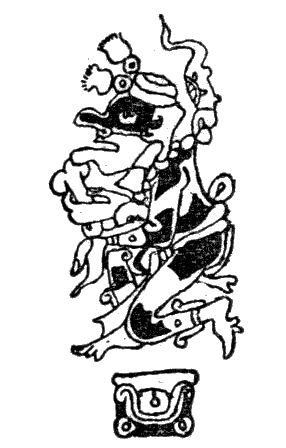
Let’s start with something fun, shall we? You probably already know that the Mayans loved their chocolate — it’s a fun fact about the ancient civilization that’s about as popular as the Mayan calendar. However, did you know that the Mayans worshiped a god of cocoa? It’s probably the only civilization that worships chocolate, aside from our own of course!
Ek Chuaj is known as the god of cocoa, as well as the patron god of merchants. He was known to protect travelers on the road, and was seen as a generally benevolent god. Of course, when you consider that cocoa was also seen as currency, it makes sense that Ek Chuaj would also be seen as a god of commerce and merchants.
Acan

You’re probably wondering how deep the rabbit hole goes at this point. First, we have the god of chocolate, and now we have a god of alcoholic beverages and drunkenness? It was believed that those in the state of drunkenness were known to be closer to the god Acan than any other god or goddess in the pantheon, which often gave the priests a reason to get as drunk as possible
Of course, you’d have to start questioning the actual reasons the priest had for following the god Acan, as they more than likely enjoyed their venture into drunkenness through alcoholic beverages and even mushrooms. In many ways, Acan was seen as the party-goer of the Mayan gods and goddesses.
Ix Tab
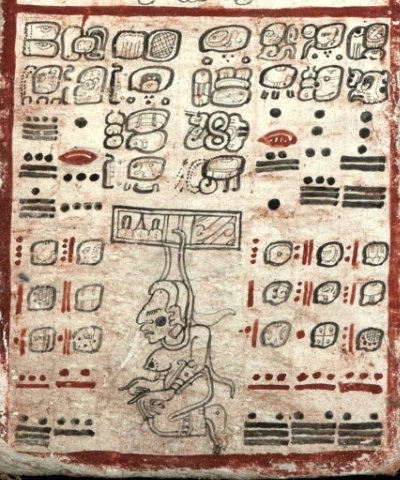
Ix Tab was often seen as the goddess of the gallows, a deity that welcomed those who had committed suicide due to tragic circumstances. It’s an intensely sobering section when you consider that the two previous gods were all about chocolate and getting high. That said, Ix Tab offers a paradise for those who were dealt a terrible hand in life. It’s a direct contrast to many other religions that see suicide as taboo.
The interesting thing about Ix Tab is how her symbolism could also mean the lunar eclipse, which is why she’s associated with the moon. It’s just so odd that tragic suicides were seen in a more positive light by the Mayans.
Kukulkan

Kukulkan, often depicted as a plumed serpent, has its origins tied to various mesoamerican civilizations, such as Quetzalcoatl for the Aztecs. While it is occasionally known as a serpent of war, there are other depictions of Kukulkan, as when it comes to the Mayans, the snake is tied to the earth and vegetation.
It’s not necessarily an evil entity like snakes are often depicted in other religions, and the interesting thing about Kukulkan is despite being shown as a serpent, the god was also depicted as a human being. Like most other gods and goddesses in the pantheon, Kukulkan’s shifting symbolism over time is likely connected to the political classes of each region.
Itzamna
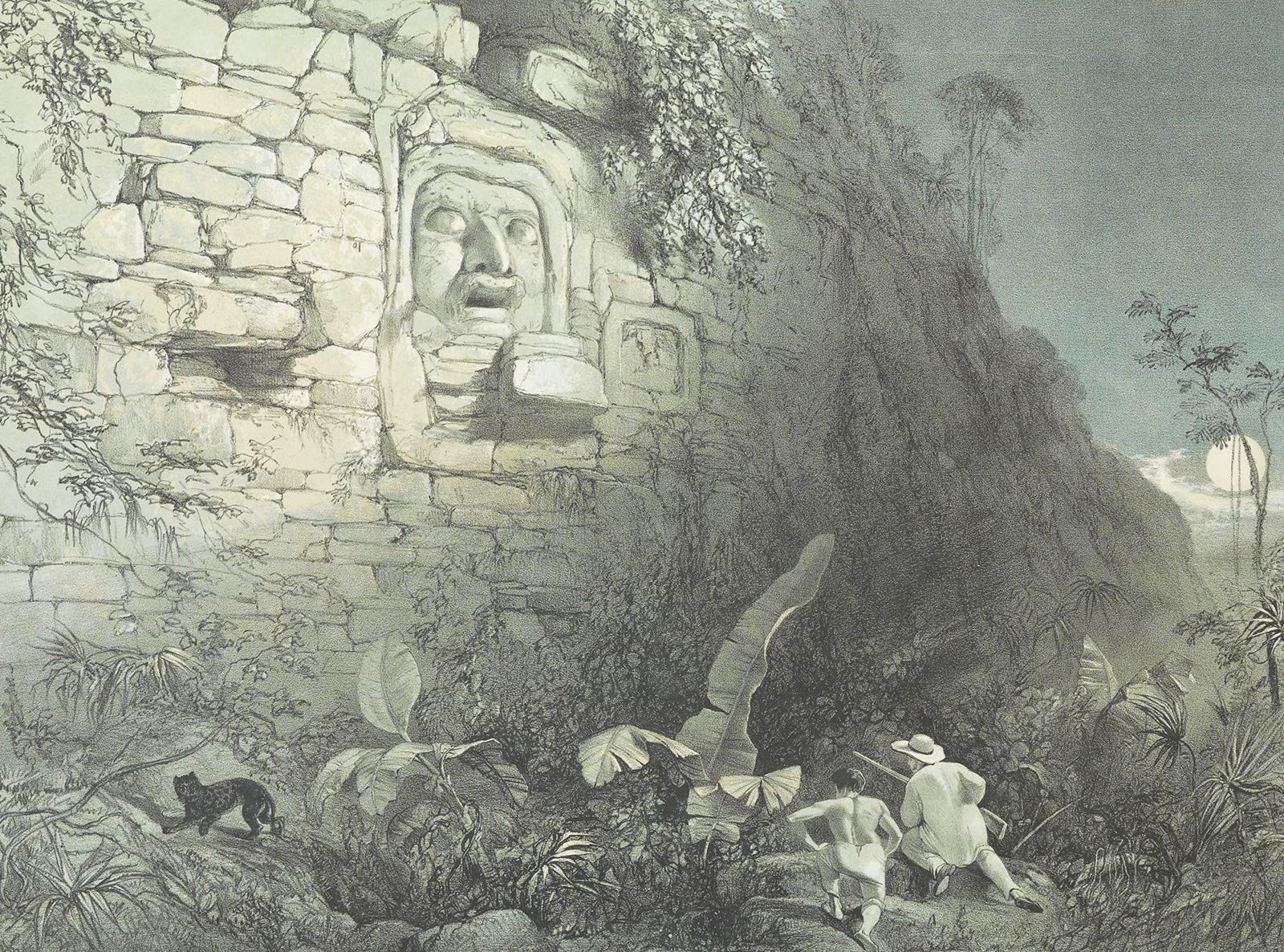
Typically, when you look into a pantheon of gods and goddesses, there is a supreme god that tends to rule above all, or is the source of the other deities in the pantheon. The Mayans have a similar creator god in Itzamna, the founder of Mayan culture. It’s curious to note that Itzamna is not only the god of the sky, but he happens to be the god of wisdom as well, having shared the sciences, mathematics, astrology and writing.
Itzamna is typically depicted as a god with a large (though not comically so) nose, and is known as a healer god. He was even known to be able to raise people from the dead. In most cases, Itzamna is known as a cultural hero.
Ix Chel
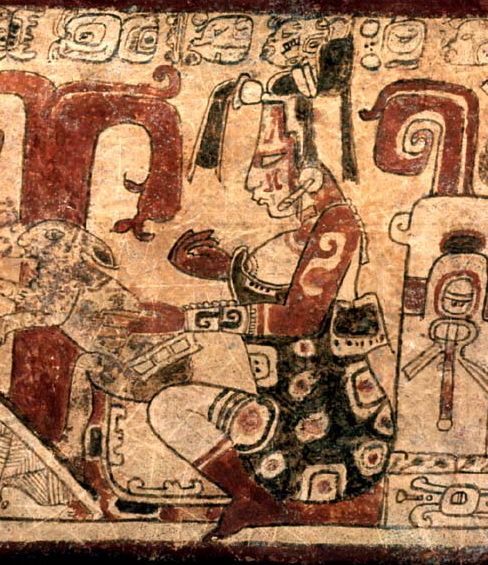
Ix Chel is one of the most powerful goddesses in the Mayan pantheon, and was known as the wife of Itzamna. As such, she’s depicted as having two versions. The first is of a young and headstrong seductress, where she represents love, marriage, and everything that comes between. The second is of a wise old woman, similarly depicted to her husband, where she has the capacity to both create and destroy the world.
She’s a surprisingly powerful goddess, and she represents the duality of Mayan women. It’s also surprising that her wizened form is often adorned with skulls, as well as having fangs and claws. There’s no denying that they respected Ix Chel, and she represents the moon. The dual identity is a crucial aspect of what made Ix Chel such a respected goddess, even among the pantheon.
Ah Puch
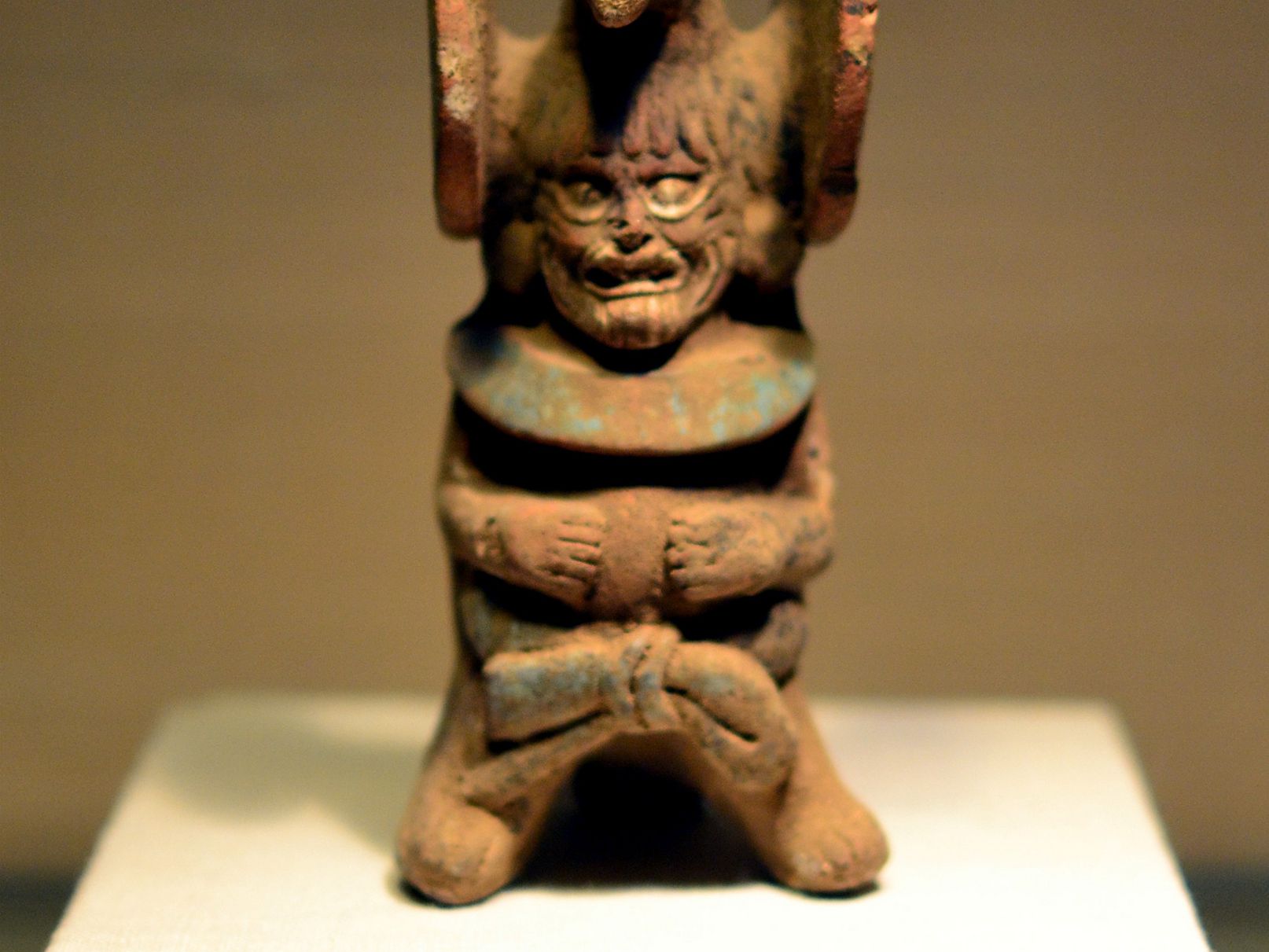
Considering that the Mayans had a goddess of suicide, it’s only natural that they would also have god that presided over death. However, unlike Ix Tab where paradise awaits those who suffered, Ah Puch is represented as death, disaster, suffering, and darkness. If there was a god that most resembled the devil of Christianity, it would be Ah Puch. He was not known to be a kind god, as he thrived on human sacrifice and the suffering it brought.
As the ruler of the underworld, Ah Puch was a god to be feared by the Mayan people. Strangely enough, aside from the being the god of death, Ah Puch was also known as the god of beginnings, and childbirth.
Buluc Chabtan

It’s strange for a god to be considered both the god of war as well as sudden death. Buluc Chabtan was also known as the god of violence and, naturally, people would pray to this particular god for good fortune in battle. While the Mayans were creative and passionate, it was also a deeply political landscape, dotted with various battles for supremacy. The Mayans were equally skilled at war as they were with irrigation, mathematics, and astronomy, which says a lot about their civilization.
He’s depicted as stabbing people with a spit with intent to roast them in a fire, showcasing his violent and chaotic side. If the Mayans wanted to win wars, they would be sure to pay tribute to Buluc Chabtan.
Huracan
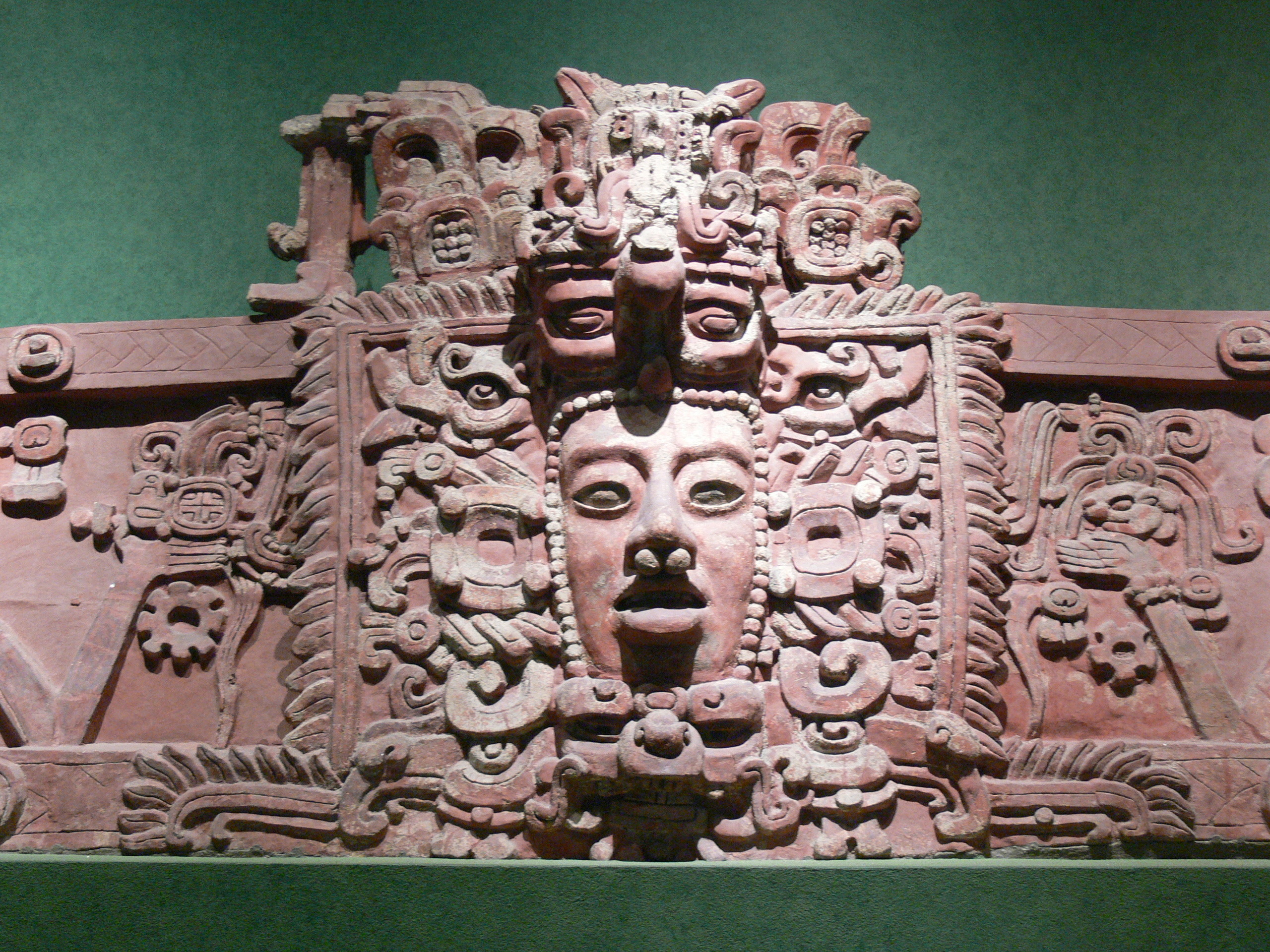
Huracan is one of those ancient Mayan gods depicted as a force of chaotic nature, yet is also a key ingredient toward the renewal of life on Earth. Huracan is a god of chaos, and he’s connected to lightning, thunder, wind, and the storms. Like many other gods and goddesses of the pantheon, such qualities also inadvertently make Huracan a god of fertility, similar to how Ah Puch was simultaneously a god of death and childbirth.
Despite Huracan’s chaotic nature, some stories depict him as ironically playing a part in the survival of the Mayan culture. It was Huracan who split a mountain to reveal maize seed, leading to the overall growth of the Maya empire. He was also known to bring about the flood to end the world, yet it only served to renew life on the planet.
Hun Hunahpu
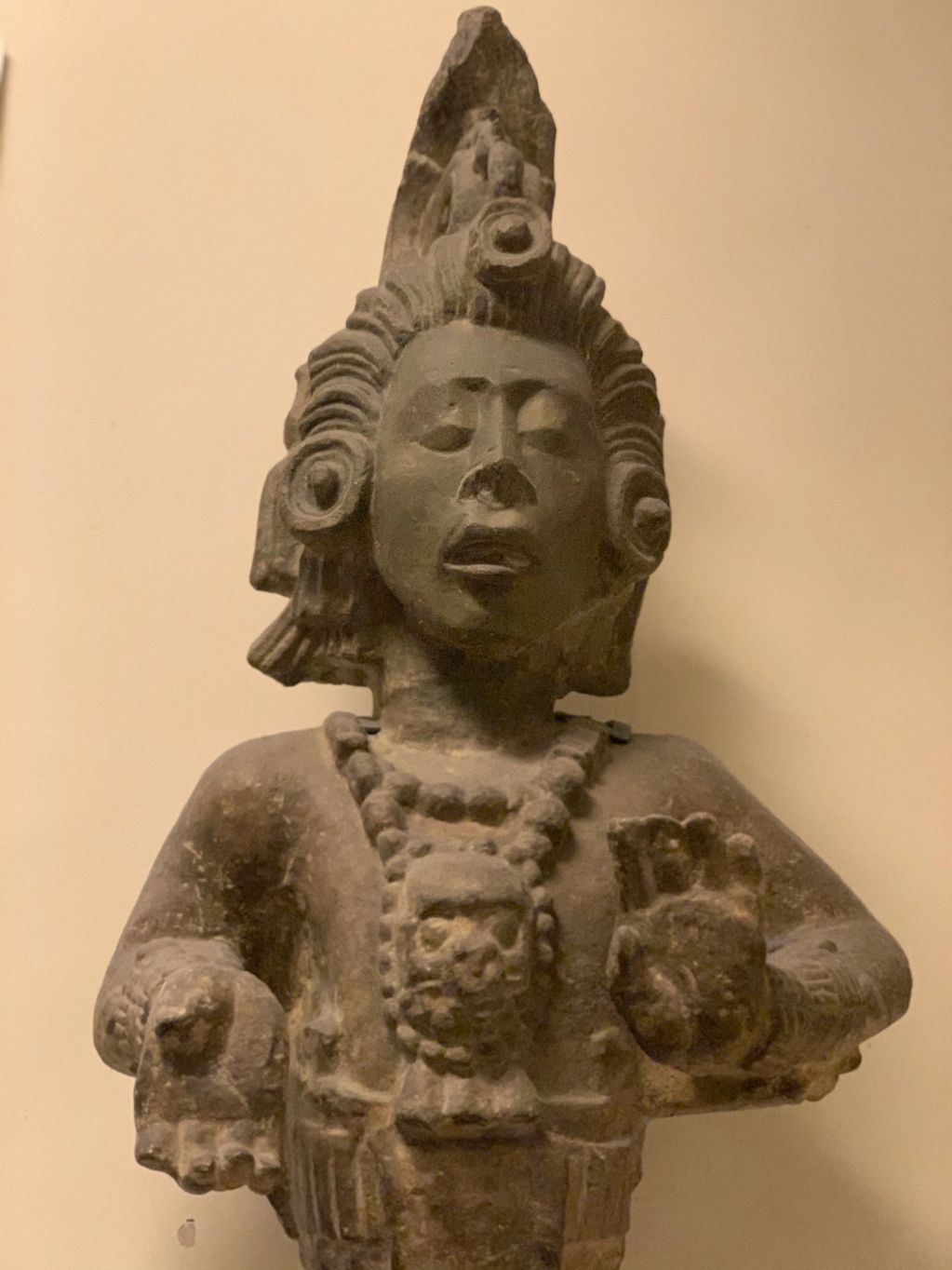
Hun Hunahpu is known as a god of maize, though the reason for such a depiction is due to a sprawling tale involving his two sons. It was said that Hun Hunahpu (alongside his brother) were tricked by the Mayan gods of death involving a ball game, and were subsequently sacrificed. Hun Hunahpu’s head was placed atop a calabash tree as a trophy, where he then spat on a young woman who happened to be passing by.
The head, having retained its godly abilities, birthed her two sons, Hunahpu and Xbalanque, who were able to avenge their father. It was said that while they couldn’t resurrect Hun Hunahpu, he was reborn as maize.